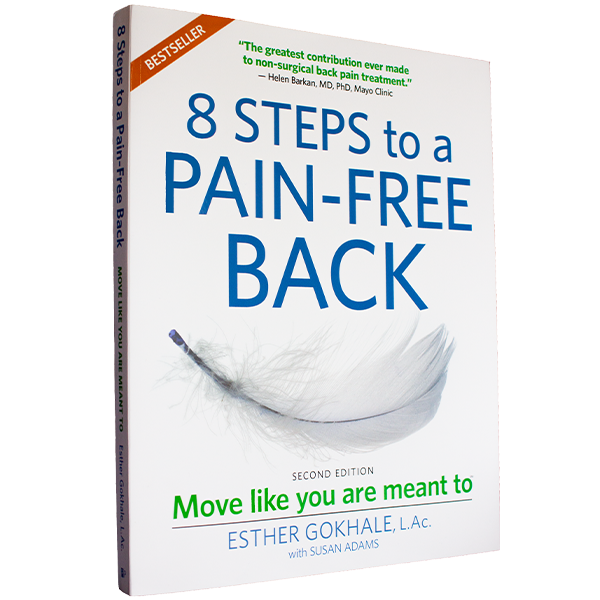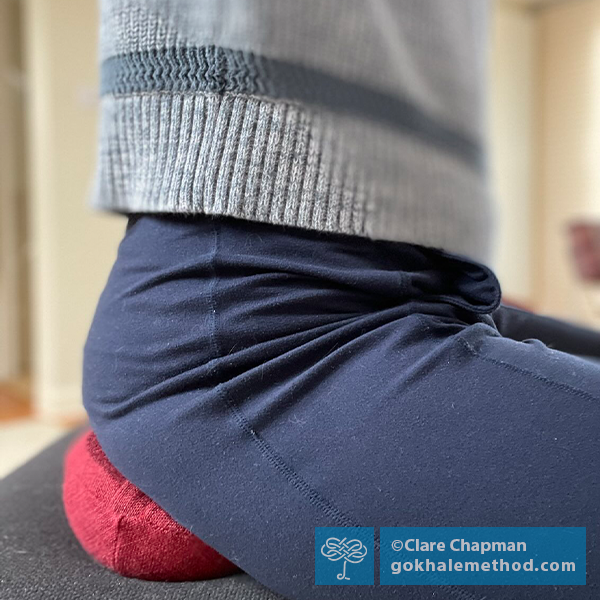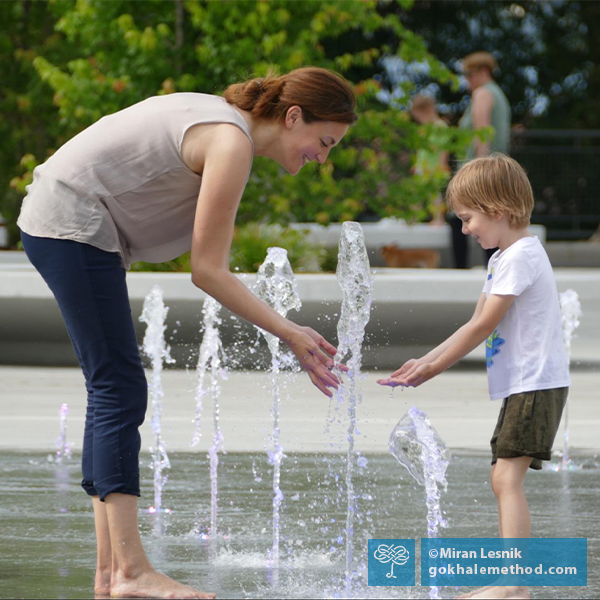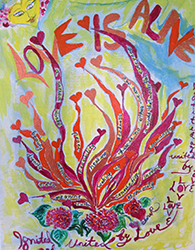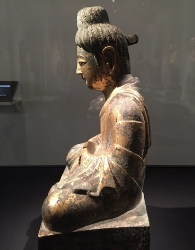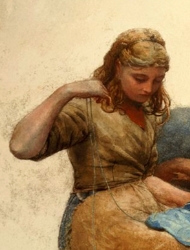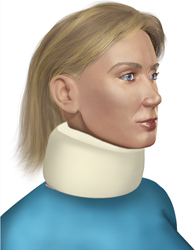If you are suffering from back pain, the most likely reason for it is hiding in plain sight. Like most people, including your medical and complementary health professionals (!), you are just not trained to see it. The root cause of most musculoskeletal problems, whether it be lower back pain, a frozen shoulder, neck pain, plantar fasciitis, or a knee issue, can usually be detected in your posture and your resulting movement patterns.
Getting Upright Sitting “Just Right”
Some things in life want to be “just right.”. There is a popular fairytale about the importance of this—the story of Goldilocks and the Three Bears. The most well-known version features a young girl with golden hair who wanders into the woods and finds a house with no one home. It belongs to Papa, Mama, and Baby bear. The story goes that Goldilocks
Biotensegrity—Another Way to Understand Your Body
In our culture a loss of up to 50% of the height of the discs as we age from our twenties to our fifties is considered normal. It follows that the herniations, nerve pain, and arthritic change that accompanies this chronic degeneration of our discs is also not seen as unusual. Pain and reduced ability to function is normalized.
The #1 Reason Parents Get Back Pain
For many people, their first encounter with back pain is when they become parents. That was certainly true in my case, although, to be factually correct, I was a mom-to-be in the ninth month of my first pregnancy when a herniated disc brought me, literally, to my knees.
The Gokhale® Wedge 2.0
In Spring last year we launched the Gokhale® Wedge. For years, our students have been requesting a convenient, ready-made wedge for upright sitting without a backrest, one that doesn’t require folding blankets and other makeshift (pun intended) measures. The requests also specified an attractive item to enjoy around the home or office, and that it be of durable quality, keeping its shape and good looks with daily use.
Clare’s Gokhale Method® Success Story
In January and February this year I took the Gokhale Method Elements course, which consists of 18 brief (13 minute) but potent lessons. I would like to share my experience of the Gokhale Method with you in this blog post.
My goals were to find out how to sit, stand, and walk well, so that I don’t overstress the scoliotic parts of my back. I was also in search of more comfortable and beneficial sleeping positions. I felt I needed guidance to help me develop a better sense of my body posture and alignment. To be able to do a one-on-one course online made this possible for me.
It was only when I saw the difference between my “Before” and “After” pictures that I realized just how much change it was possible to make to my posture in such a relatively short period.
Posture Tips for Meditators
It has been over 60 years since Eastern schools of meditation became widely known in the U.S. and Europe, and meditation became widely practiced, with over 14% of Americans having meditated at least once. If we include those practicing mindfulness techniques, using meditation apps, and attending yoga classes with a meditation component, this figure goes far higher.
The effects of sitting in meditation
The potential benefits of meditation are well known, and include a calmer, clearer mind, lower levels of stress, better sleep, improved relationships with others, and better mental health.
From a posture perspective, whether you sit in meditation regularly or are just getting started, you want the experience to be as healthy for your body as it is for your mind.
Rotator Cuff Injuries: Prevention and Healing with Healthy Posture
In my experience, people are often unaware that their posture has greatly contributed to their muscular problems and damage.
In this blog post I would like to talk about a frequently injured group of muscles that attach the arm to the torso at the shoulder blade—the rotator cuff. The rotator cuff helps rotate the arm and lift it sideways and is also responsible for stabilizing the shoulder joint.
How Do I Fix My Neck Pain?
Do you suffer from neck tension, muscle knots, or tingling in your fingers? Do you get frequent headaches?
Or maybe your neck is fine most of the time, but seizes up periodically, leaving you unable to function normally in your job, family life, and recreational activities.
Most neck pain involves compression.
In modern cultures, the head often drifts forward as we slouch and crane our necks towards our computer screens. The weight of the head, (typically 11 lb. or 5 kg—think bowling ball), then requires the muscles at the back of the neck to contract strongly to keep the head up. This contraction compresses the relatively delicate tissues in the area. Not a recipe for a healthy, happy neck. If you have forward head carriage but are symptom-free so far, keep reading for tips that will prevent future problems with the discs, nerves, blood vessels, and bones in your neck.
Old Family Portraits Are a Great Posture Tool: Part 3: Hip-hinging in Small Bends
The healthy posture and positive change that antique images can bring to modern people are potentially transformational. In Part 1 of this series we looked at how learning from old photographs can benefit our upper body posture and in Part 2 the lower body.
Here we are going to focus on what antique portraits can teach us about small bends. The historical paintings for this post come from collections associated with Leland and Jane Stanford, famous for their business acumen, political influence, railroad building, and later, philanthropy as founders of Stanford University in California.

